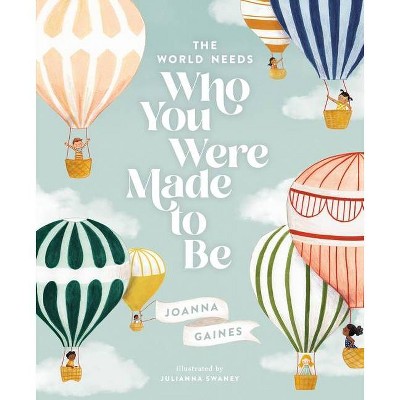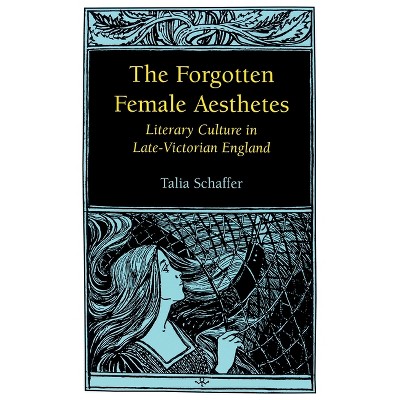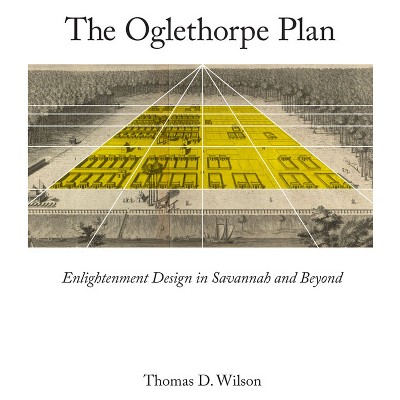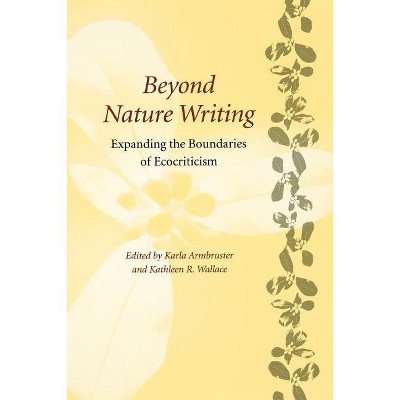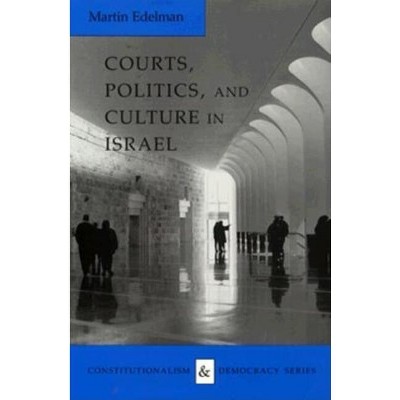About this item
Highlights
- How many layers of artifice can one artwork contain?
- About the Author: Mark Osteen, Professor of English and Director of the Center for the Humanities at Loyola University Maryland, is author of Nightmare Alley: Film Noir and the American Dream.
- 370 Pages
- Antiques + Collectibles, Books
Description
About the Book
"This book investigates fictional forgeries, from Thomas Chatterton's phony "medieval" poems written in the eighteenth century, to forged documents attributed to Shakespeare created in the nineteenth century, to Clifford Irving's fake autobiography of Howard Hughes in the twentieth century"--Book Synopsis
How many layers of artifice can one artwork contain? How does forgery unsettle our notions of originality and creativity? Looking at both the literary and art worlds, Fake It investigates a set of fictional forgeries and hoaxes alongside their real-life inspirations and parallels. Mark Osteen shows how any forgery or hoax is only as good as its authenticating story--and demonstrates how forgeries foster fresh authorial identities while being deeply intertextual and frequently quite original.
From fakes of the late eighteenth century, such as Thomas Chatterton's Rowley poems and the notorious "Shakespearean" documents fabricated by William-Henry Ireland, to hoaxes of the modern period, such as Clifford Irving's fake autobiography of Howard Hughes, the infamous Ern Malley forgeries, and the audacious authorial masquerades of Percival Everett, Osteen lays bare provocative truths about the conflicts between aesthetic and economic value. In doing so he illuminates the process of artistic creation, which emerges as collaborative and imitative rather than individual and inspired, revealing that authorship is, to some degree, always forged.
Review Quotes
The close readings are consistently insightful and rewarding, and the prose manages to be both accessible and formally experimental at the same time. Fake It is engaging and stimulating. **Recommended.-- "Choice"
Lively, accessible, perceptive, witty, informative, and entertaining. Osteen's research and scholarship are impeccable. The book offers an excellent gloss on postmodernist pastiche through the lens of 'forgery fictions'--stories about forgery that often verge on, or cross entirely over to, the status of forgeries themselves.
--Margaret Russett, University of Southern California, author of Fictions and Fakes: Forging Romantic Authenticity, 1760-1845With Fake It, Mark Osteen marches up to the church of forgery and nails his 15 theses to the door. Who knew there were still so many pieties about literary forgery to unsettle? Fake It is our most comprehensive, clear-eyed, and provocative account yet of imposture's relation to narrative and fictionality.
--Paul K. Saint-Amour, University of PennsylvaniaAbout the Author
Mark Osteen, Professor of English and Director of the Center for the Humanities at Loyola University Maryland, is author of Nightmare Alley: Film Noir and the American Dream.






